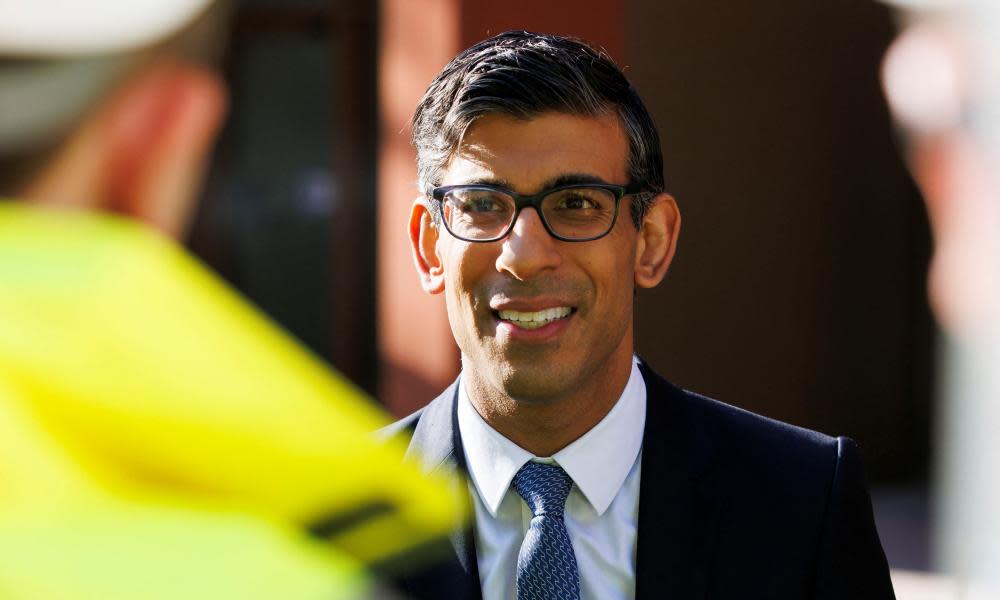Timid reshuffle has not saved Sunak from his own party

When Rishi Sunak appointed his first cabinet back in October he was forced to, out of necessity, make compromises. After a turbulent few months, he had just taken over a bitterly divided Conservative party which looked set on a path of self-destruction.
Despite any new prime minister’s obvious preference for packing the cabinet with their own people, he recognised that he had to reach out across the party if it was to have any chance of patching it up, even if only temporarily.
So he kept in post Ben Wallace and James Cleverly, key Boris Johnson lieutenants, at the Ministry of Defence and Foreign Office respectively. He lost political capital to give Suella Braverman, sacked as home secretary just six days before, her old job back because of her influence on the Eurospectic right.
He had little choice but to keep Jeremy Hunt who had already begun the tough job of reassuring the markets after weeks of turbulence under Liz Truss. It meant some of Sunak’s own close allies, Mel Stride , who ended up at the Department for Work and Pensions, Oliver Dowden who got the Cabinet Office and John Glen , who became chief secretary to the Treasury, were passed over for top tier roles.
At the time, the prime minister felt these were necessary sacrifices, and No 10 aides were hopeful that by January things would have calmed down a bit and he would be able to conduct a broader reshuffle with a cabinet more in his own image.
It was a vain hope. Sunak’s reshuffle on Tuesday was underwhelming, more a moving of the deckchairs than a radical overhaul of his top team to put his stamp on the government. As part of the creation of three new departments, Grant Shapps, Kemi Badenoch and Michelle Donelan were all moved sideways, while loyalists Greg Hands and Lucy Frazer got promotions, to party chair and culture secretary respectively.
Unusually in such circumstances, nobody was sacked. However, some Tory MPs, on hearing that their new deputy party chair was controversial culture warrior and “red wall” MP Lee Anderson – who refused to support the England football team after they said they’d take the knee and suggested food bank users didn’t really need the help – predicted that wouldn’t last.
Sunak is still having to balance competing interests within the party, so his room for manoeuvre is limited. More than three months after taking over, he is still operating from a position of weakness. One poor move and the whole edifice could still come tumbling down.
Tory party stability has not been helped by the stream of standards rows involving senior ministers. Nadhim Zahawi’s tax affairs prompted this latest mini-reshuffle, while the Dominic Raab bullying allegations are – after No 10 insiders suggested he was “toast” – expected to mean another.
While the cabinet reshuffle tells us about Sunak’s grip on his party, the machinery of government changes are a rare insight into his longer term vision. By splitting the business department into three distinct ministries – energy and net zero; trade and business; science, innovation and technology – he can show he means business on the UK being a leader on the industries of the future.
The problem for Sunak, however, is that he might not be there to deliver it. The changes, which will take months to implement and tie officials up in process rather than policy, are coming too late in the political cycle to make much difference on the ground before the next election. If the public even notices, they’re unlikely to care.
It all contributes to the growing impression of a government in its end game. The prime minister can put new faces in his cabinet, create new departments, bolster the operation at party headquarters, but despite his own energy and enthusiasm, the Tories look tired. Even worse for Sunak, the public appear to be tired of them too.

 Yahoo News
Yahoo News 
